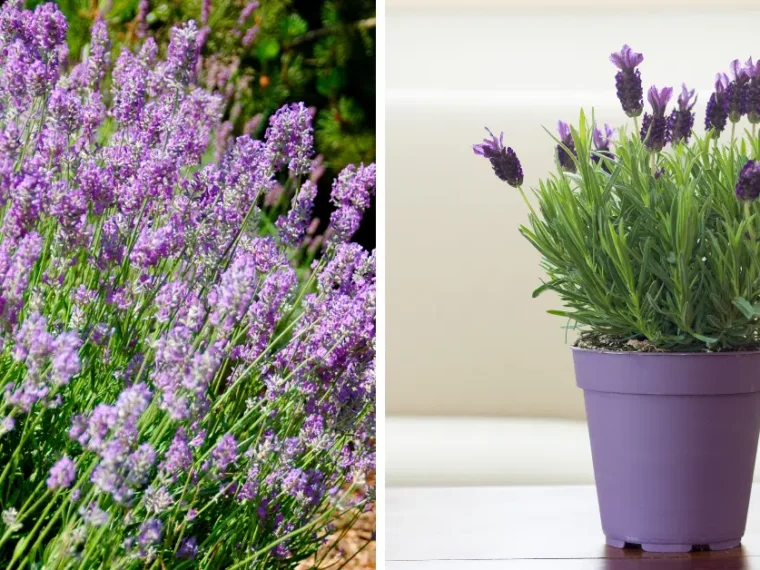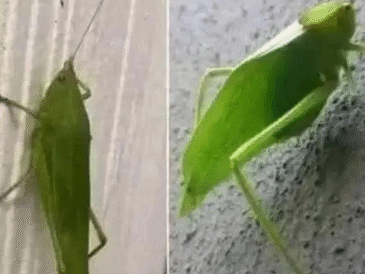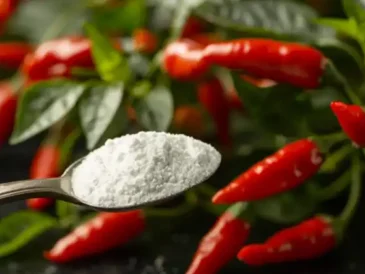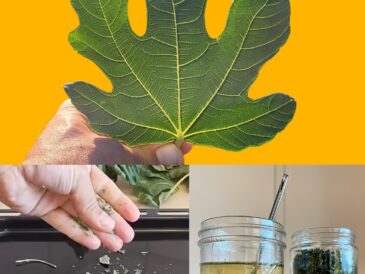Planting lavender is easy if you follow these guidelines. Make sure to choose strong, vigorous young plants and keep them 12-18 inches apart in an open area with full sun for best results!
Plant lavender in well-drained soil with a pH between 6.7 – 7.3, to help the plant tolerate heavy rainfall and damp conditions; avoid planting it near sources of standing water or on poorly drained plots because these will cause rot! You could also add builders sand (or other lightweight aggregate) before planting for better drainage options.
To further improve drainage, plant lavender in a raised bed filled with premium soil along the wall or near any slope.
In an herb or perennial bed, ensure good drainage by planting lavender on a small mound. When growing in pottery containers take care to use top quality soil mix.
The way to get the best bloom is by making sure you feed your lavender flowers regularly with an organic plant food. This will make them beautiful and fragrant!
Troubleshooting
Lavender is a delicate flower that needs good drainage and air circulation. Make sure you don’t over-water the plant or allow it to sit in one spot for too long, as this can cause fungus problems like browning leaves from excessive moisture!
To avoid this problem, mulch with pebbles or sprinkle sand around the base of your plant for faster evaporation. If you cut blooms, trim in a way that thins out plants and leaves have more open space to allow better air circulation.
Harvest and Storage
Harvest lavender in all its glory by cutting the stems anytime. I prefer to cut just before they are fully open, so that you can enjoy their beautiful fragrance for months!
To dry flowers, gather a bunch of stems and hang them upside-down in a dark well ventilated place to preserve the color while maintaining its shape.





